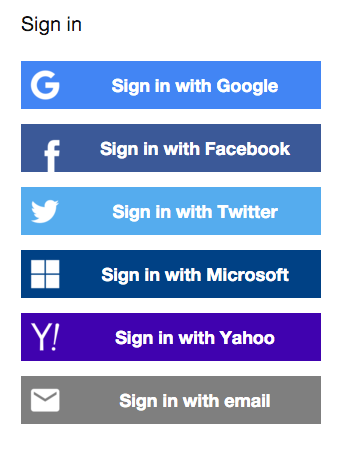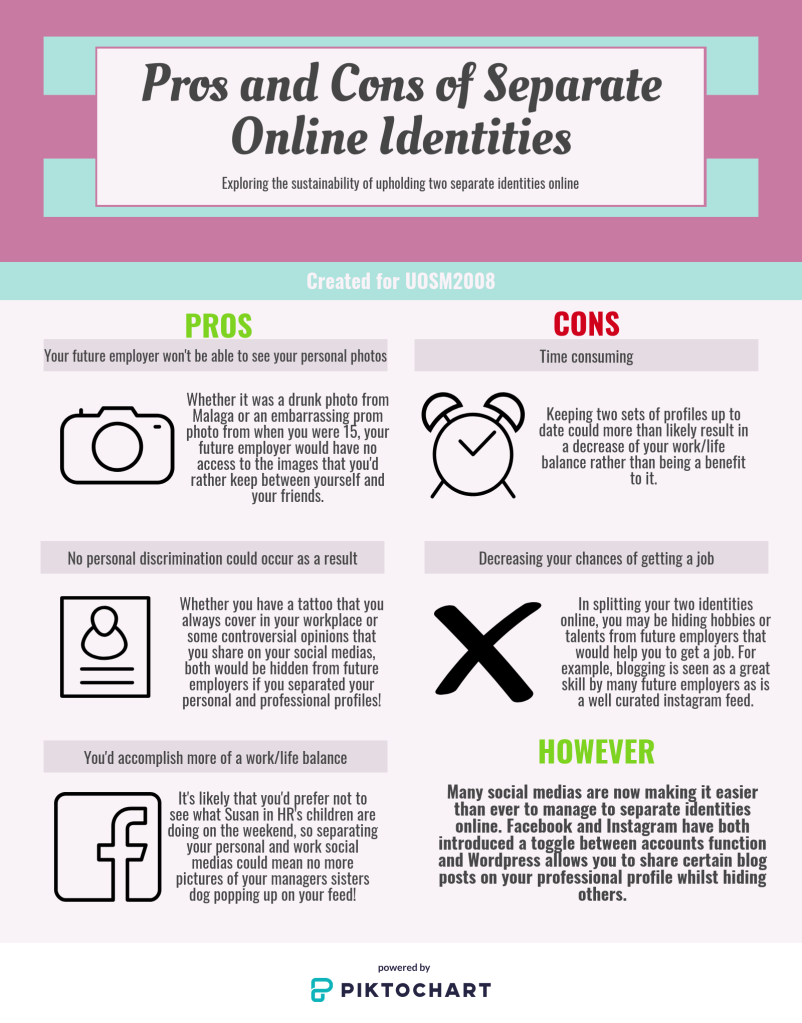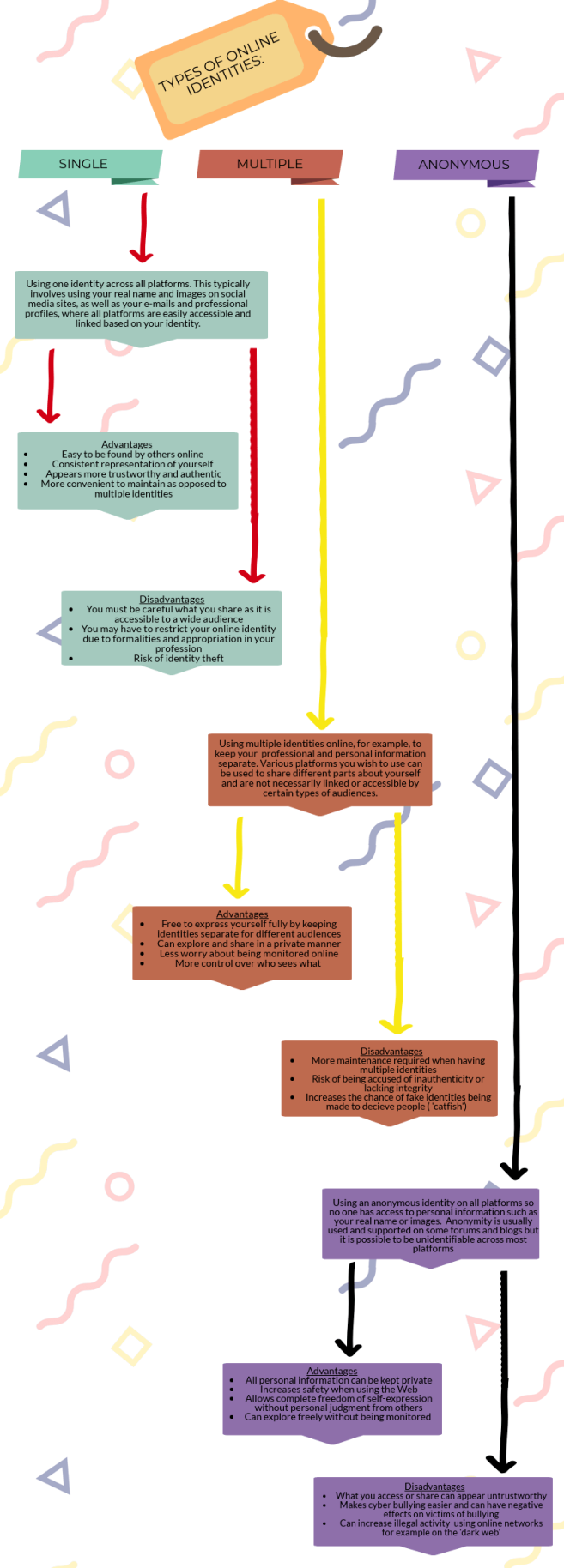
What’s your online digital identity?
Introduction
One’s online identity is becoming ever increasingly important in society. This comes in recent years with the lines between one’s professional, personal, and online identity becoming inextricably interlinked (Krotoski, 2012). For example, having a professional online identity through LinkedIn or running a personal blog can help secure employment opportunities (The Employable, 2014).
Continue reading →









